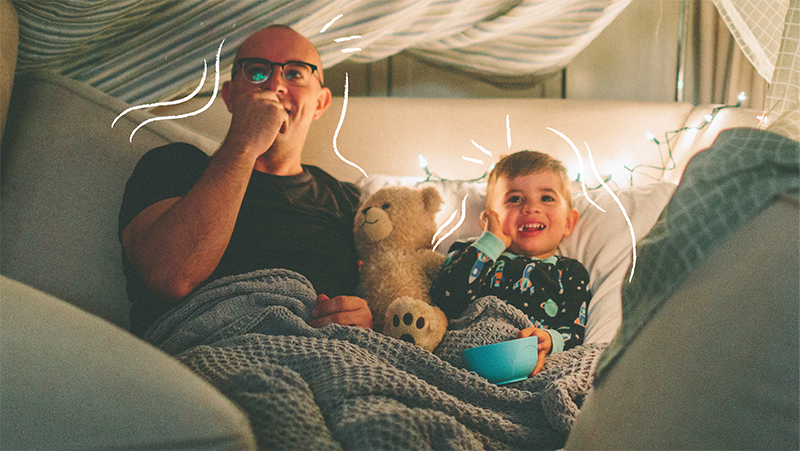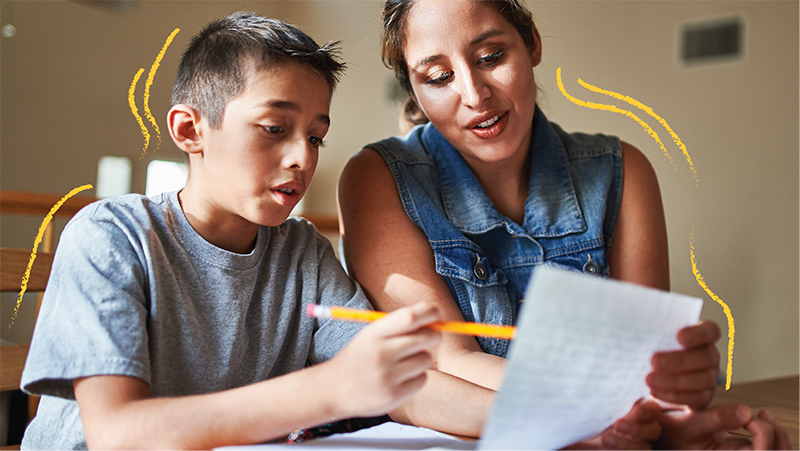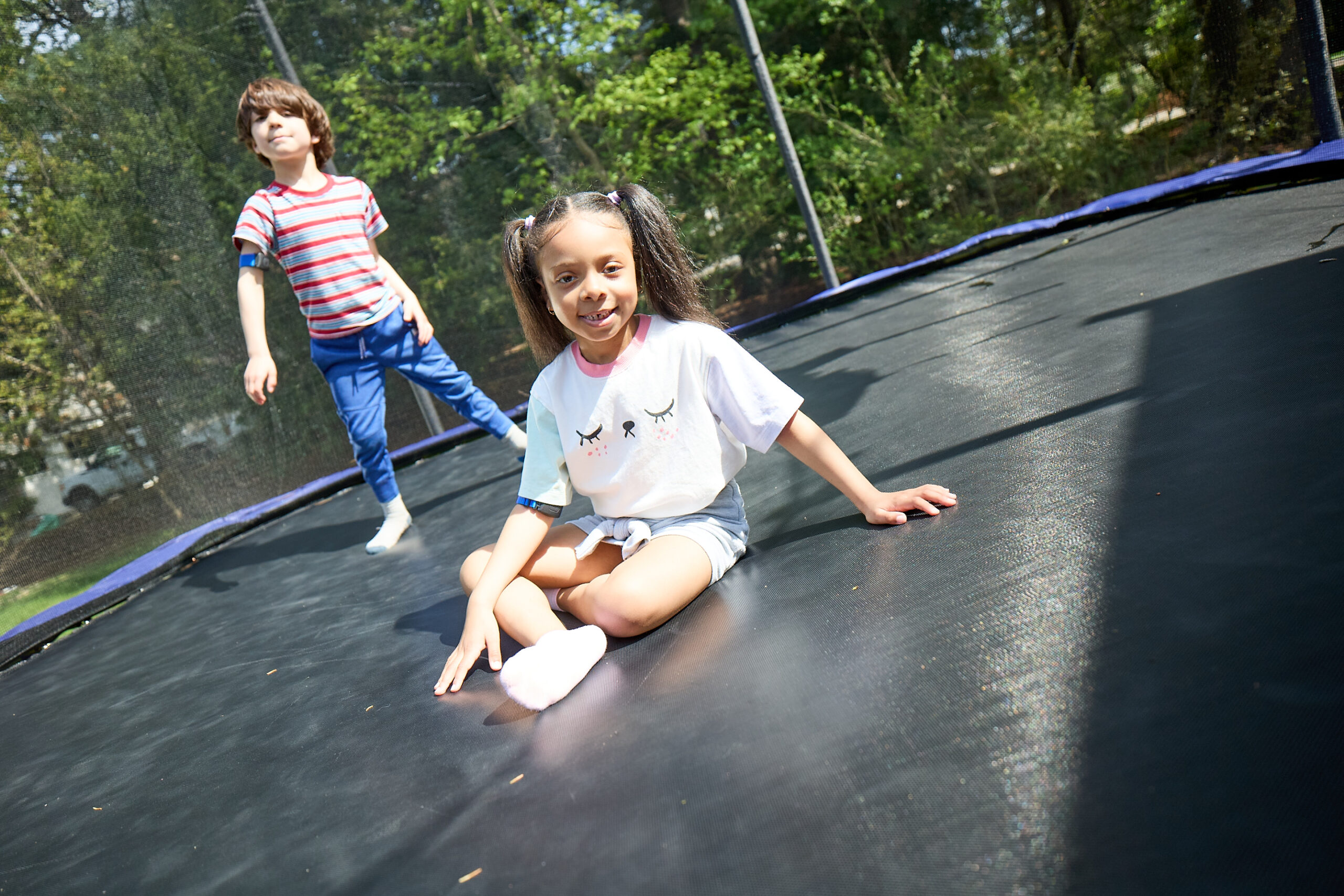Children naturally love to play and make things. To paint, draw, sing, dance, write stories and get messy cooking in the kitchen. We think it’s natural. Normal. An expected phase of childhood for them. But it’s so much more.
When your child is creative, their brain function increases, stress hormones and inflammation decrease, and their immune system gets stronger (Evans, J., 2007).
Long term, children who are creative more often, are naturally happier, better focussed, and have less anxiety and depression than children who don’t regularly engage in creative activities.
And what about when they grow up? According to a study by Professor David Gill, creative adults get higher paying jobs, more quality jobs, and reach higher levels of education (Gill, D., 2021). They are more confident, independent, and resilient, no matter what life throws their way.
In short, creativity matters.
How can you, as a parent, nurture the creative spark your child is naturally born with? Here are my top tips!
1. Everyone is creative. Creativity isn’t a talent. It’s a myth that you’re born creative or not. We can all be creative geniuses, given the opportunity. Make time and space for your child to do more creative things, more often. Put on some music and dance together. Get out those pencils and draw. Read a book and pause part way through allowing your child to make up what happens next. Cook a meal together and add some creative flourishes. Explore other cultures. Read riddles. Do puzzles. There is creativity waiting to be discovered around every corner.
2. Allow your child to lead. Creativity is fun. Today, where it’s so easy for children to choose to consume video games and television over creative tasks, it’s even more important to let them choose activities they are passionate about. If they love playing outside with nature and making perfume out of flowers (this was my favorite activity as a child), then let them do it. Are they obsessed with drawing bugs? Great. Do they love making things out of empty boxes? Amazing. Let your child choose their passion, move at their own pace, and engage fully in the activity. This teaches them to follow their creative spark, and you might be amazed where it will lead them one day.
3. Set up a “creative space” to encourage creative time. Creativity is a skill. Skills are built over time and repetition. Your child needs time to get good at their creative endeavours. For example, they’ll get better and better at drawing, the more they do it. Research shows that to develop a skill, it’s better to do something creative for fifteen minutes every day, rather than once a week for a longer period. Small amounts everyday count for more. When you set up a “creative space,” your child is more likely to build blocks, create Lego masterpieces, or draw. Having a special space invites small amounts of creativity more often. The creative space can be a child-sized table, a corner of the bedroom, or even a favorite rug just for creative time. It announces, “It’s time to get creative!” And place it away from the TV and tablet charging station!
4. Make your feedback count. As a parent, you want to praise your child when they do something creative. It’s totally natural. You’re proud of them and want them to know. It feels natural to say something like, “That’s really good. I like it.” However, we now know this sort of feedback makes kids outcome driven. They measure their work and their value based on whether you liked what they created. This eventually creates an insecure artist who is frightened of criticism and always seeks praise. Instead, we want creativity to be valued for the process. We want creativity to be something your child enjoys doing for the sake of doing it. Then they will do more of it. So instead of saying you like what your child made, or that it’s good, give feedback that encourages your child to talk about what they created, such as “That tower is really tall.” “You look like you’re really enjoying that.” “Was that fun?” “Tell me about what you made?”
But after all that is said and done, there is one other amazing way to nurture the creative spark in your child. What is it? Sit down and join in! There is nothing more special to your child than doing something creative with you. A special time to have fun together making something memorable will teach your child that you love their creative side, and you value it just as much as their school grades. You do value it just as much as their school grades, right? Phew! Okay, good. Now stop reading and go get creative!
Elena Paige was a counselling psychologist for over 20 years, specialising in emotions, positive thinking, and mindfulness. She now works full time as a Children’s Book Author, penning stories that inspire a child’s imagination and quest for adventure, while also gifting them with valuable life lessons and personal growth. Her titles include the best-selling series Meditation Adventures for Kids, and Evie Everyday Witch. You can find her at ElenaPaige.com.
Evans, J. E. (2007). The science of creativity and health. In I. A. Serlin, J. Sonke-Henderson, R. Brandman, & J. Graham-Pole (Eds.), Whole person healthcare Vol. 3. The arts and health (pp. 87–105). Praeger Publishers.
Gill, David and Prowse, Victoria L., The Creativity Premium (May 28, 2021). Available at SSRN: https://ssrn.com/abstract=3855808 or http://dx.doi.org/10.2139/ssrn.3855808

















